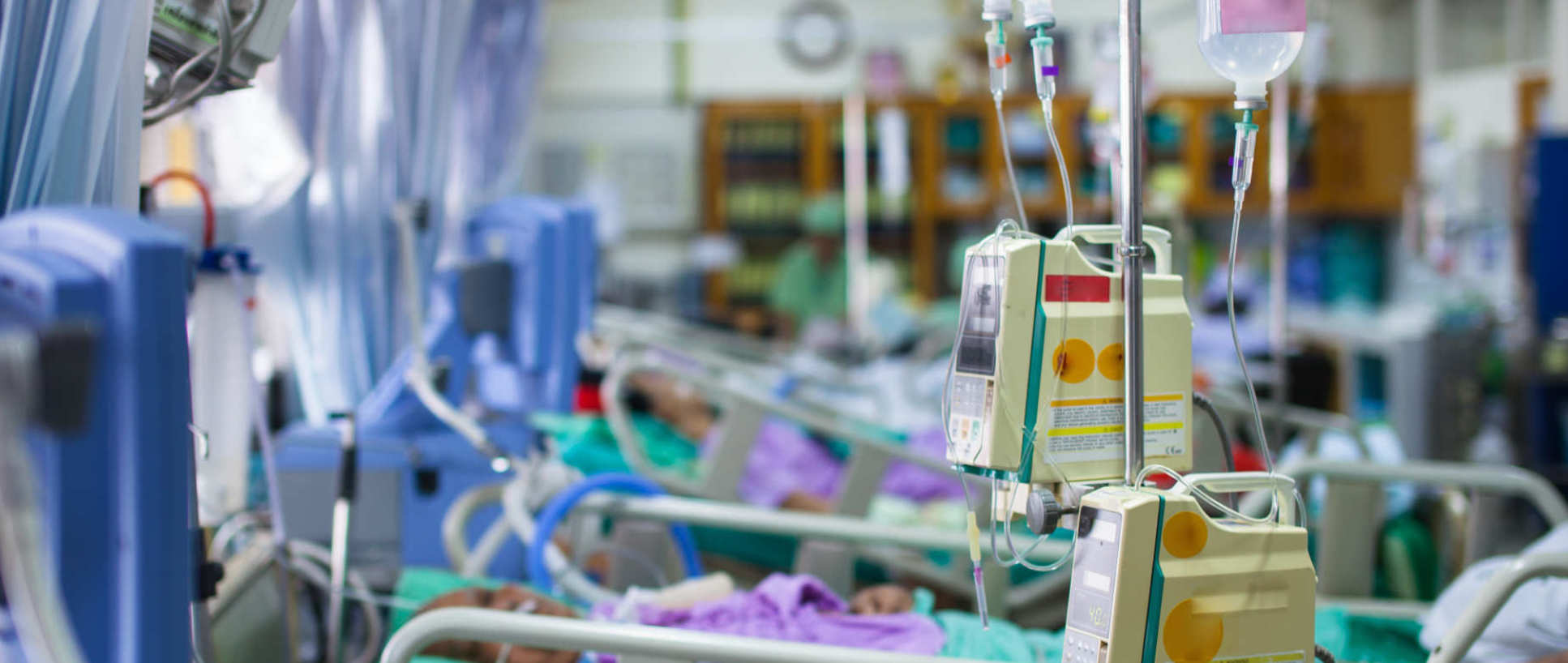BibTex format
@article{Patel:2015:10.1152/ajplung.00140.2015,
author = {Patel, BV and Tatham, KC and Wilson, MR and O'Dea, KP and Takata, M},
doi = {10.1152/ajplung.00140.2015},
journal = {American Journal of Physiology-Lung Cellular and Molecular Physiology},
pages = {L639--L652},
title = {In vivo compartmental analysis of leukocytes in mouse lungs},
url = {http://dx.doi.org/10.1152/ajplung.00140.2015},
volume = {309},
year = {2015}
}
RIS format (EndNote, RefMan)
TY - JOUR
AB - The lung has a unique structure consisting of three functionally different compartments (alveolar, interstitial, and vascular) situated in an extreme proximity. Current methods to localize lung leukocytes using bronchoalveolar lavage and/or lung perfusion have significant limitations for determination of location and phenotype of leukocytes. Here we present a novel method using in vivo antibody labelling to enable accurate compartmental localization/quantification and phenotyping of mouse lung leukocytes. Anesthetized C57BL/6 mice received combined in vivo intravenous and intratracheal labelling with fluorophore-conjugated anti-CD45 antibodies, and lung single cell suspensions were analyzed by flow cytometry. The combined in vivo intravenous and intratracheal CD45 labelling enabled robust separation of the alveolar, interstitial, and vascular compartments of the lung. In naive mice, the alveolar compartment consisted predominantly of resident alveolar macrophages. The interstitial compartment, gated by events negative for both intratracheal and intravenous CD45 staining, showed two conventional dendritic cell populations, as well as a Ly6C(lo) monocyte population. Expression levels of MHCII on these interstitial monocytes were much higher than the vascular Ly6C(lo) monocyte populations. In mice exposed to acid-aspiration induced lung injury, this protocol also clearly distinguished the three lung compartments showing the dynamic trafficking of neutrophils and exudative monocytes across the lung compartments during inflammation and resolution. This simple in vivo dual labelling technique substantially increases the accuracy and depth of lung flow cytometric analysis, facilitates a more comprehensive examination of lung leukocyte pools, and enables the investigation of previously poorly defined 'interstitial' leukocyte populations during models of inflammatory lung diseases.
AU - Patel,BV
AU - Tatham,KC
AU - Wilson,MR
AU - O'Dea,KP
AU - Takata,M
DO - 10.1152/ajplung.00140.2015
EP - 652
PY - 2015///
SN - 1522-1504
SP - 639
TI - In vivo compartmental analysis of leukocytes in mouse lungs
T2 - American Journal of Physiology-Lung Cellular and Molecular Physiology
UR - http://dx.doi.org/10.1152/ajplung.00140.2015
UR - http://hdl.handle.net/10044/1/26388
VL - 309
ER -
 Critical care involves the care of the sickest patients in the hospital. Critically ill patients have usually been through a significant insult to their body (such as trauma, infection, burn) and have developed organ failure and require life-support. Critical Care is the largest theme bringing together clinicians and scientists from diverse backgrounds and includes collaborative research from hospitals throughout north-west London. Investigations range from evaluating biological mechanisms of organ failure through to the development of innovative technologies which allow the short-term and long-term support and recovery of organs.
Critical care involves the care of the sickest patients in the hospital. Critically ill patients have usually been through a significant insult to their body (such as trauma, infection, burn) and have developed organ failure and require life-support. Critical Care is the largest theme bringing together clinicians and scientists from diverse backgrounds and includes collaborative research from hospitals throughout north-west London. Investigations range from evaluating biological mechanisms of organ failure through to the development of innovative technologies which allow the short-term and long-term support and recovery of organs.